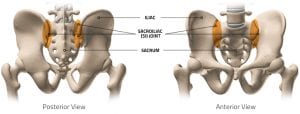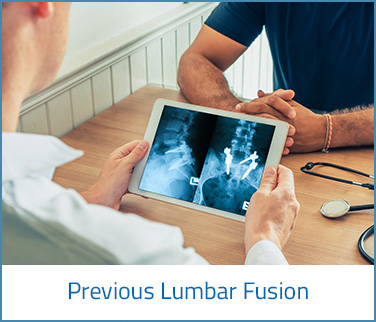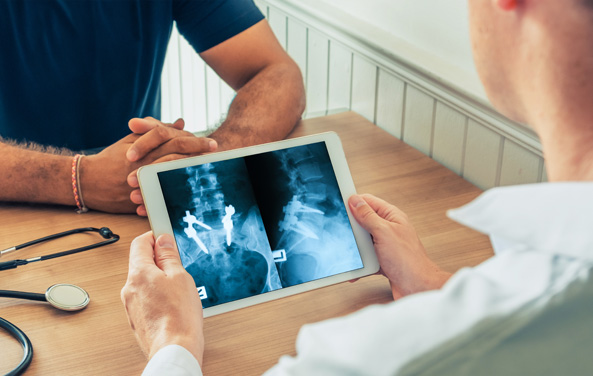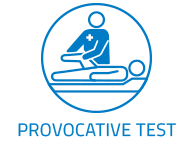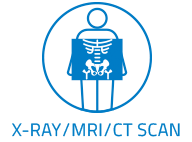Get Back
to Your Life!
Are you experiencing low-back pain?
It could be sacroiliac (SI) joint dysfunction.
90%
of the adult population will experience lower back pain at some point in their lives.
25%
of these individual’s pain will be caused by sacroiliac (SI) joint dysfunction.2
This may be the type of pain you are experiencing. In most cases, there are certain health factors that may have contributed to this condition. The information provided here will help you learn more about SI joint dysfunction and present options that could help you get back to your life.
What is the SI joint and its primary function?
The sacroiliac joint or SI joint is the connection point between the sacrum (triangular bone at the bottom of the spine) and the pelvis (iliac bone or hip bone). Unlike most joints that slide and glide, the SI joint is considered somewhat static, although it does allow for a few millimeters of motion. This joint is often referred to as the body’s shock absorber, providing stability and load-bearing characteristics by transferring body weight and downward forces through the pelvis to the legs while engaging in physical activities like walking, running, climbing, jumping, etc. This unique functionality can eventually lead to the SI joints becoming strained, injured, or affected by a chronic condition. It can also become unaligned, exposing or pinching nerves and generating pain in your lower back and extremities.
Symptoms and Pain locations related to SI joint dysfunction:
- Lower back pain
- Sensation of pain, numbness, tingling, weakness in lower extremities
- Pelvic/buttock pain
- Hip/groin pain
- Leg instability (buckling, giving way)
- Disturbed sleep patterns due to pain
- Pain from sitting and/or standing from the seated position
Pain in the lower back can originate from several pain generators, so it is essential to determine the source of your pain. Your physician may accomplish this through physical examination, radiographs, MRIs, and analgesic injections. Time spent with your physician reviewing the location of your pain and how you experience your pain is crucial.
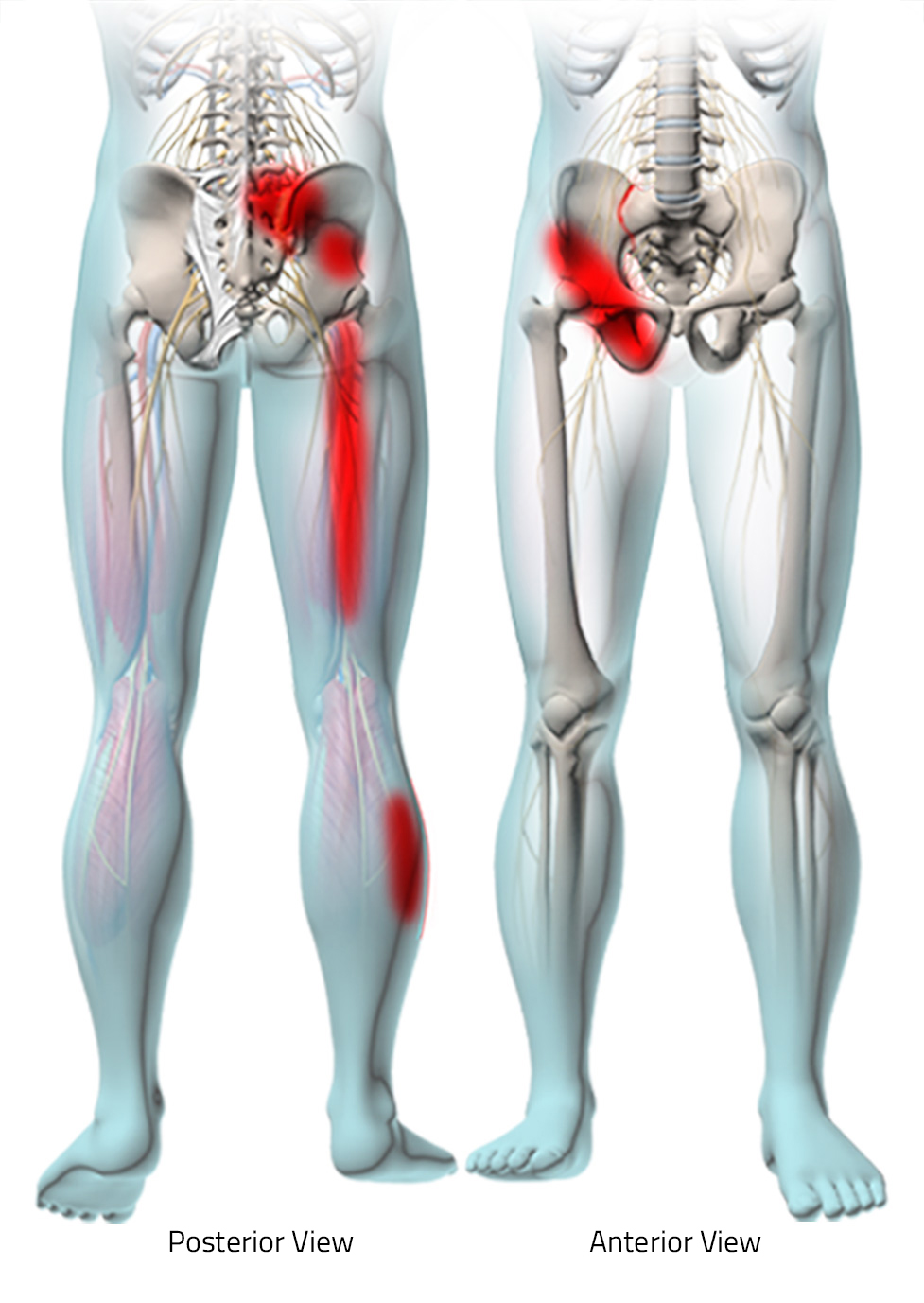
What caused my SI Joint Pain?
There can be many causes of SI joint dysfunction, including but not limited to:
“Diagnosing SI joint dysfunction can be challenging. The lumbar spine, discs, sacrum, ilium and SI joints (your pelvis/hips) all share the transfer of load and stress to and from the legs, so it could be a combination of pain generators. Identifying the exact pain source is why multiple diagnostic tools are used by physicians to determine the cause of your pain.*”
DIAGNOSTIC TOOLS
Options for Treating Sacroiliac (SI) Joint Pain
- Medications
- Physical Therapy
- Therapeutic Injections
- Surgical Intervention
Only you and your physician know what is right for you and your specific diagnosis.
The information provided here is not intended to replace professional medical care.
Patient Testimonial: Charlotte’s Story
Disclaimer:
The material in this section of the website is intended for educational resource purposes only and is not meant to replace conversations between a patient and their physician or member of their health care team. Please consult with your physician to obtain a complete list of indications, contraindications, precautions, warnings, clinical results and other important medical information that pertains to this procedure. The decision to receive medical treatment is individualized to the patient and the patient’s symptoms. The information presented on this site may not apply to your condition, treatment or its outcome, as surgical techniques vary and complications can occur. It is important to discuss the viability of any surgical procedure with your physician to decide the right treatment option.
2. Bernard TN, Jr, Kirkaldy-Willis WH. Recognizing specific characteristics of nonspecific low back pain. Clin Orthop Relat Res. 1987;217:266–80.
We can help you find a doctor if you don’t have one and you think SI fusion might be right for you.


